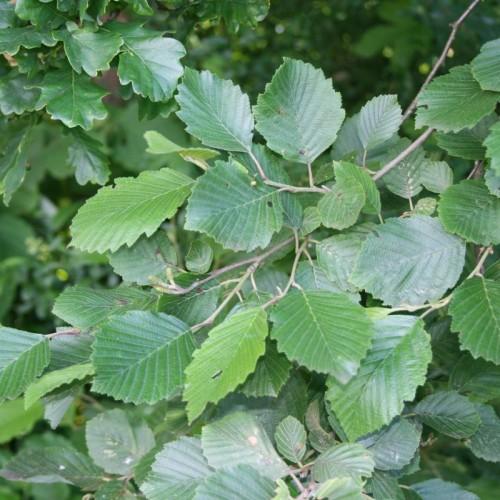
Thinleaf Alder
Alnus incana subsp. tenuifolia
Also Known As - Slender Alder,Mountain AlderWatering:
Frequent
Hardiness Zone:
Sun:
full sun,part shade
Cones:
Yes
Leaf:
Yes
Growth Rate:
Low
Drought Tolerant:
Yes
Salt Tolerant:
Yes
Invasive:
Yes
Care Level:
Medium
watering
Watering recommendations for Siberian Alder (Alnus alnobetula subsp. fruticosa) differ depending on the soil type, exposure and other environmental conditions. In general, the plant will require regular watering to keep the soil moist but not soggy. It should be watered deeply once or twice a week.
sunlight
Siberian Alder prefers full sun and should receive 6-8 hours of direct sunlight each day. Since it is a deciduous species, it tolerates partial shade, but growth will be slower with fewer hours of sunlight. Soil moisture should be kept slightly moist, not completely dry or saturated. During the hottest months of summer, Siberian Alder should be kept in the shade in order to protect its delicate foliage.
pruning
For Siberian Alder, pruning should be done lightly in late winter or early spring in order to maintain shape and size. Remove dead, damaged or diseased branches, and any branches that may be growing in the wrong direction. To limit the height of your Siberian Alder shrub, thin out the crown, removing 2 or 3 of the biggest branches each year. Prune side shoots to 5-7 leaves, as this encourages growth of main branches. Prune after flowering and never cut more than a third of the total growth at 1 time.
